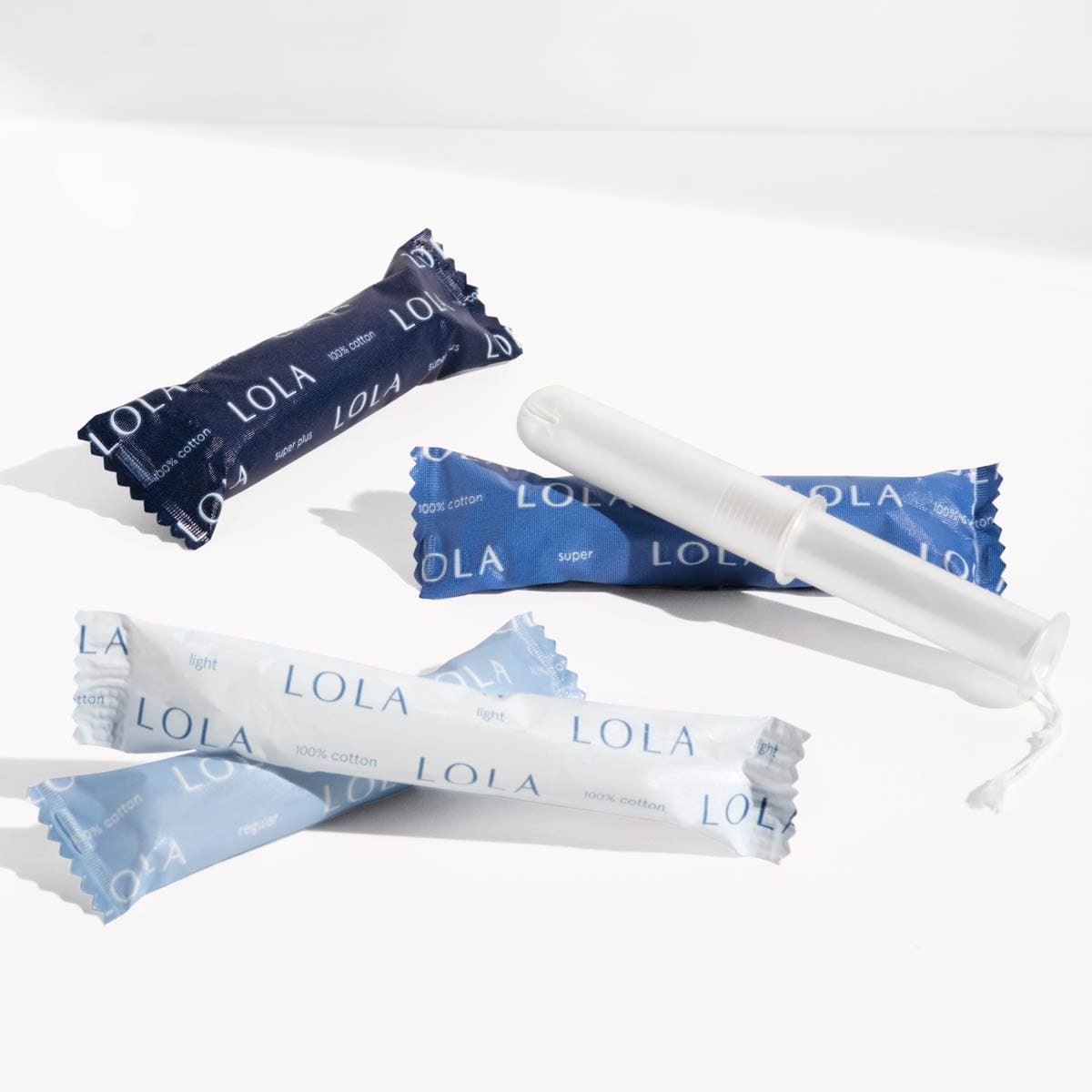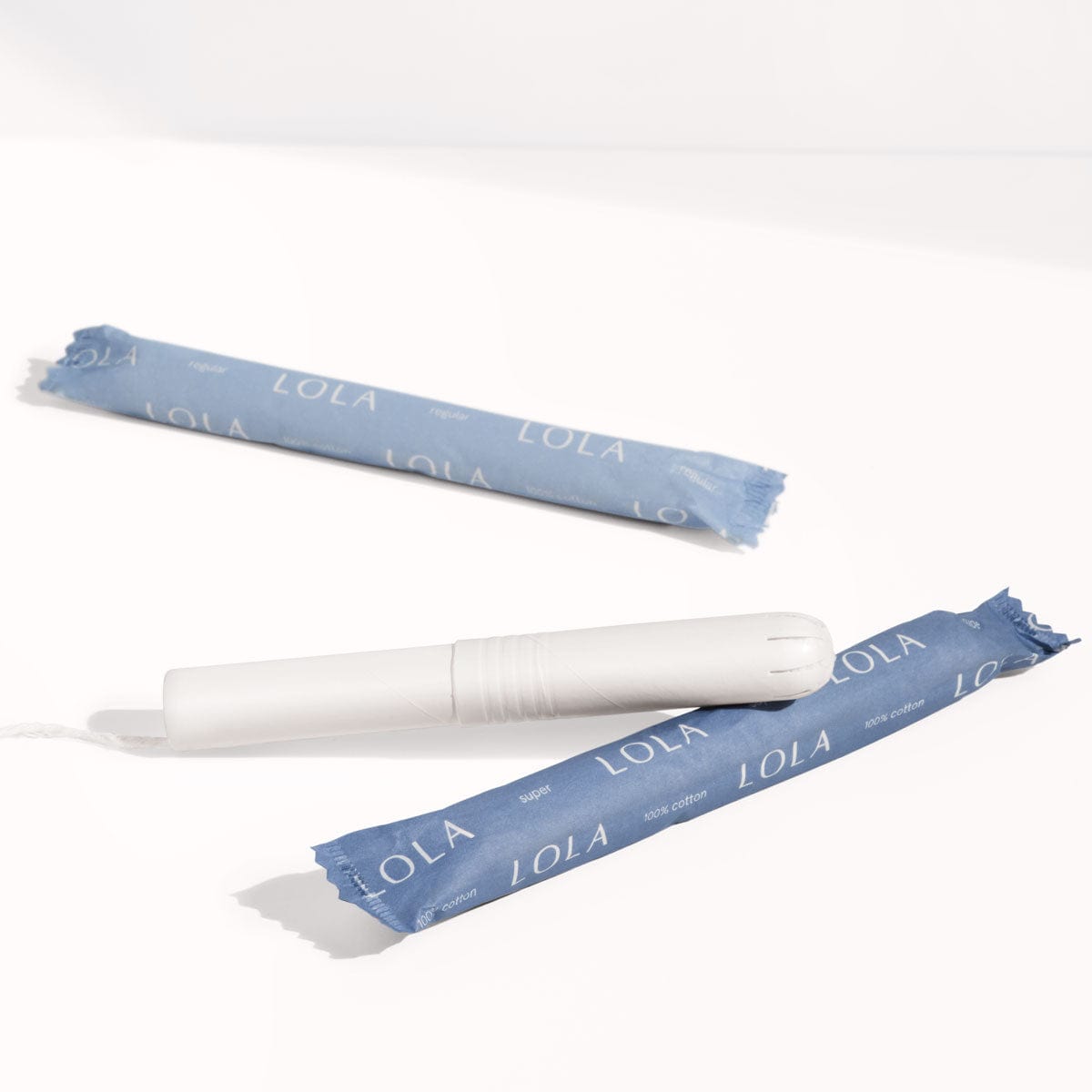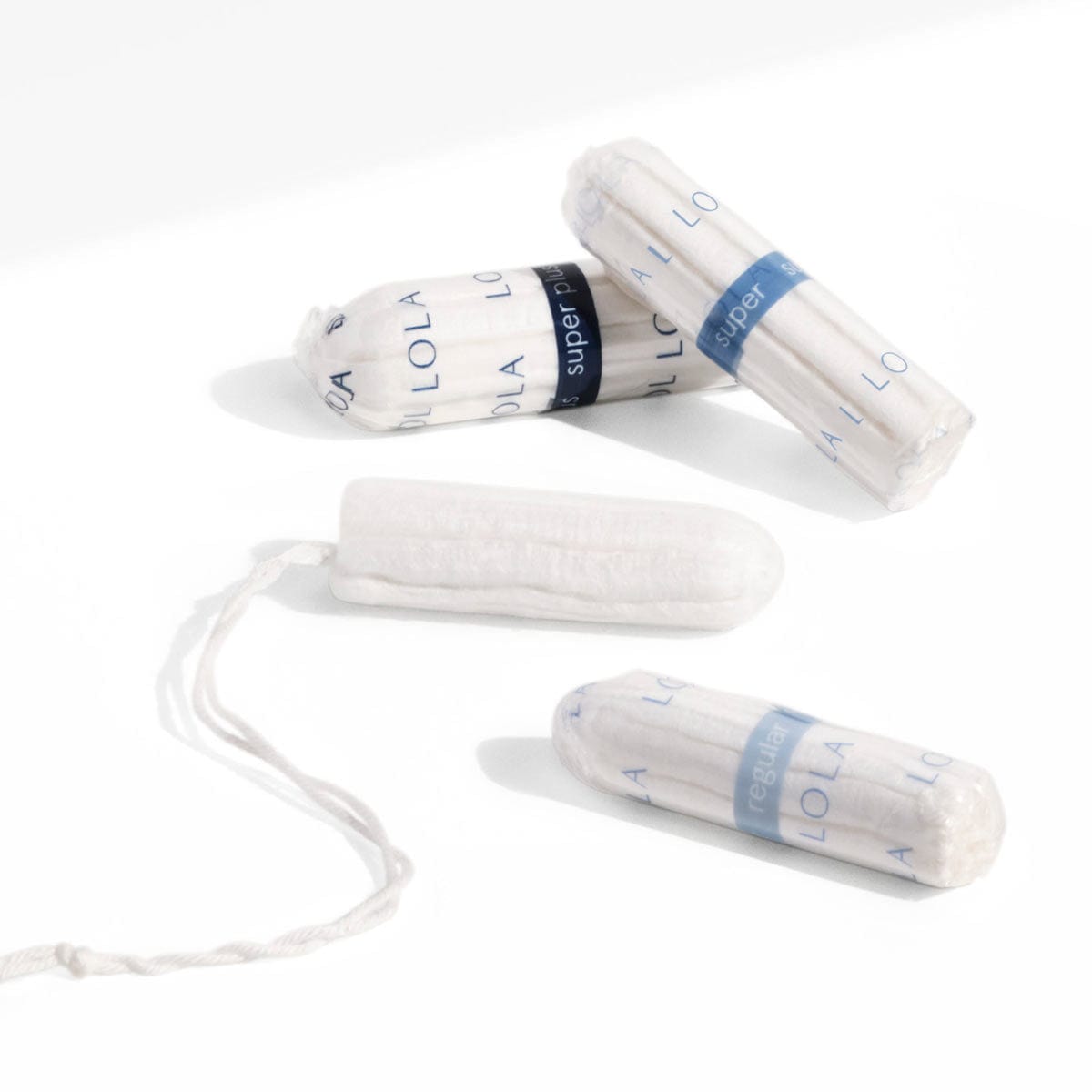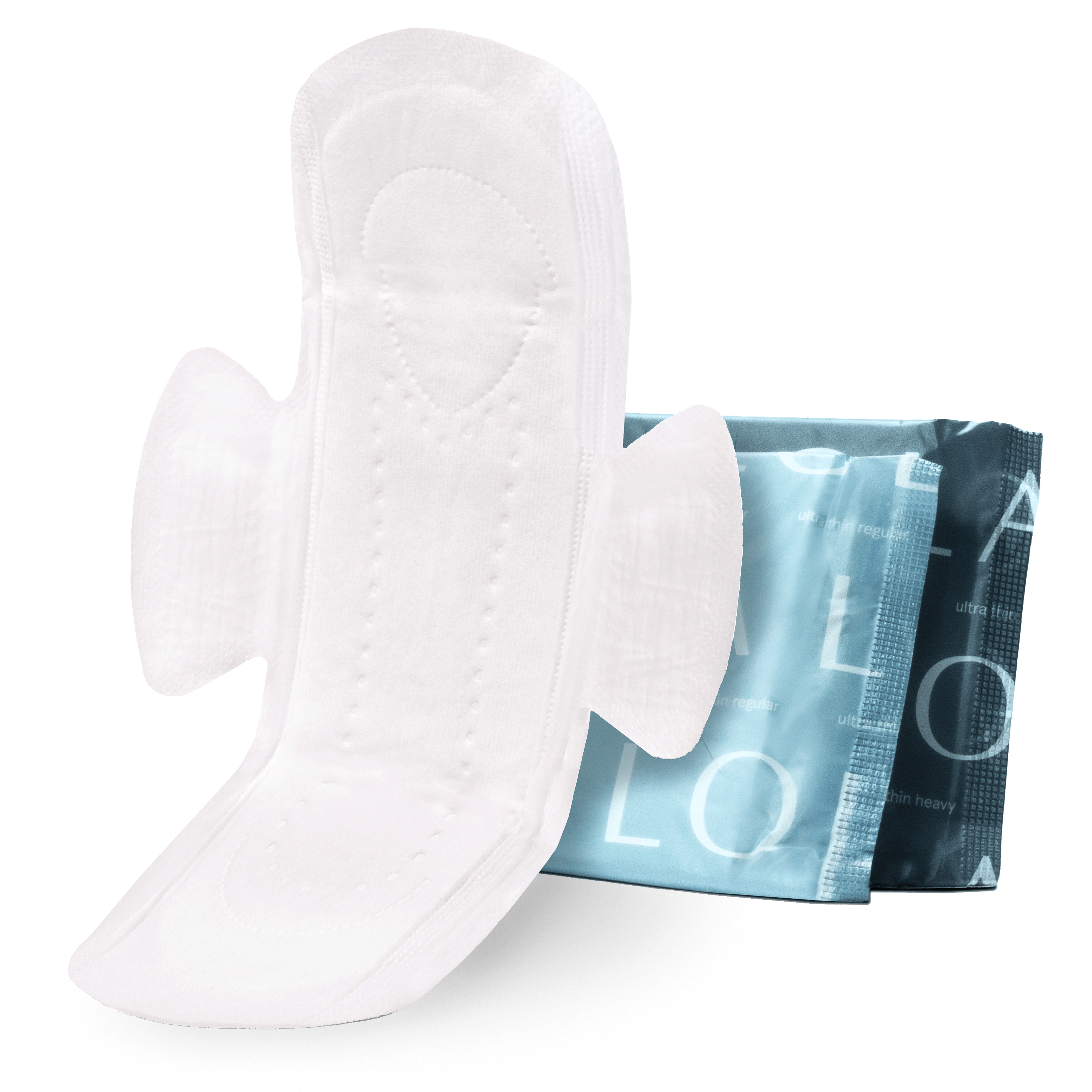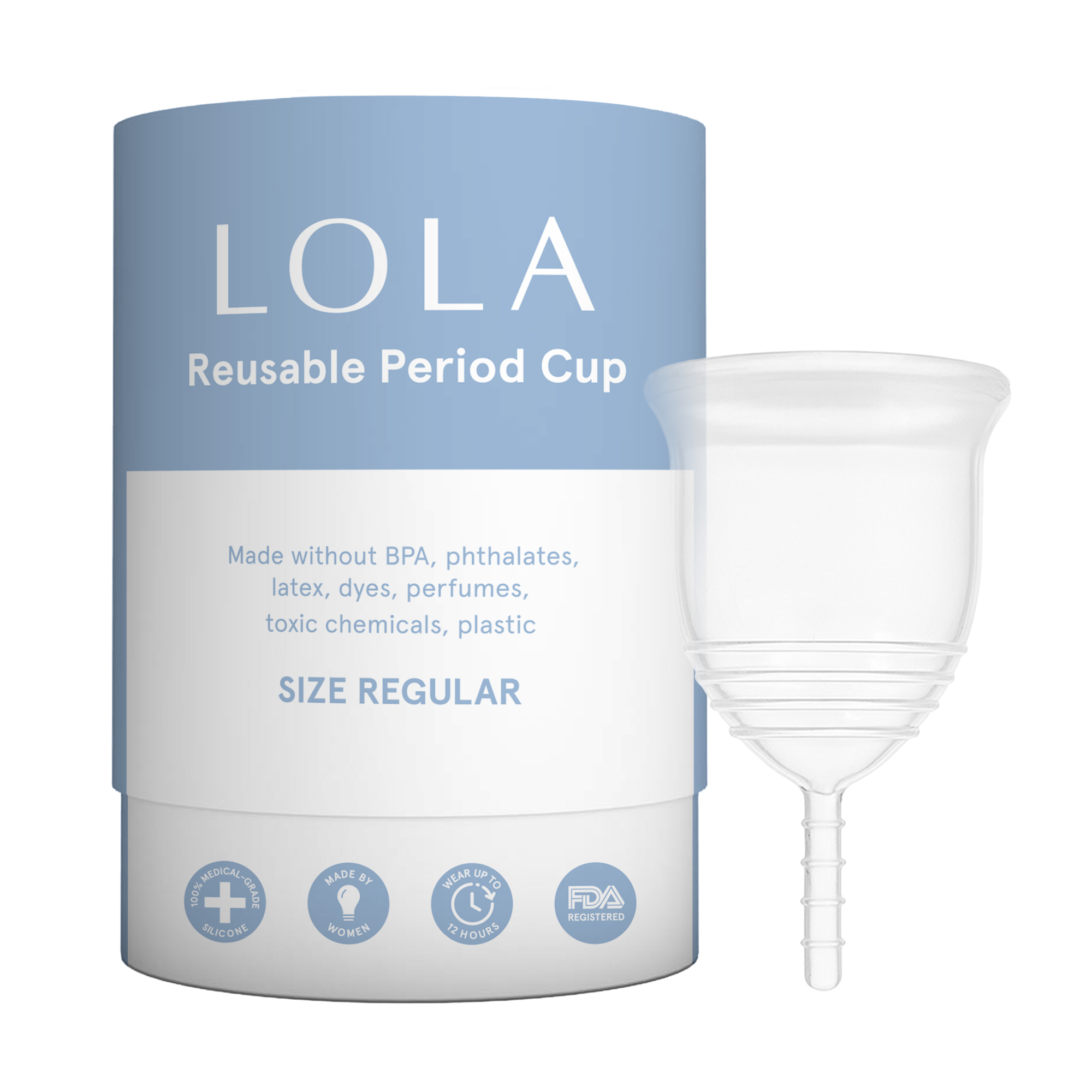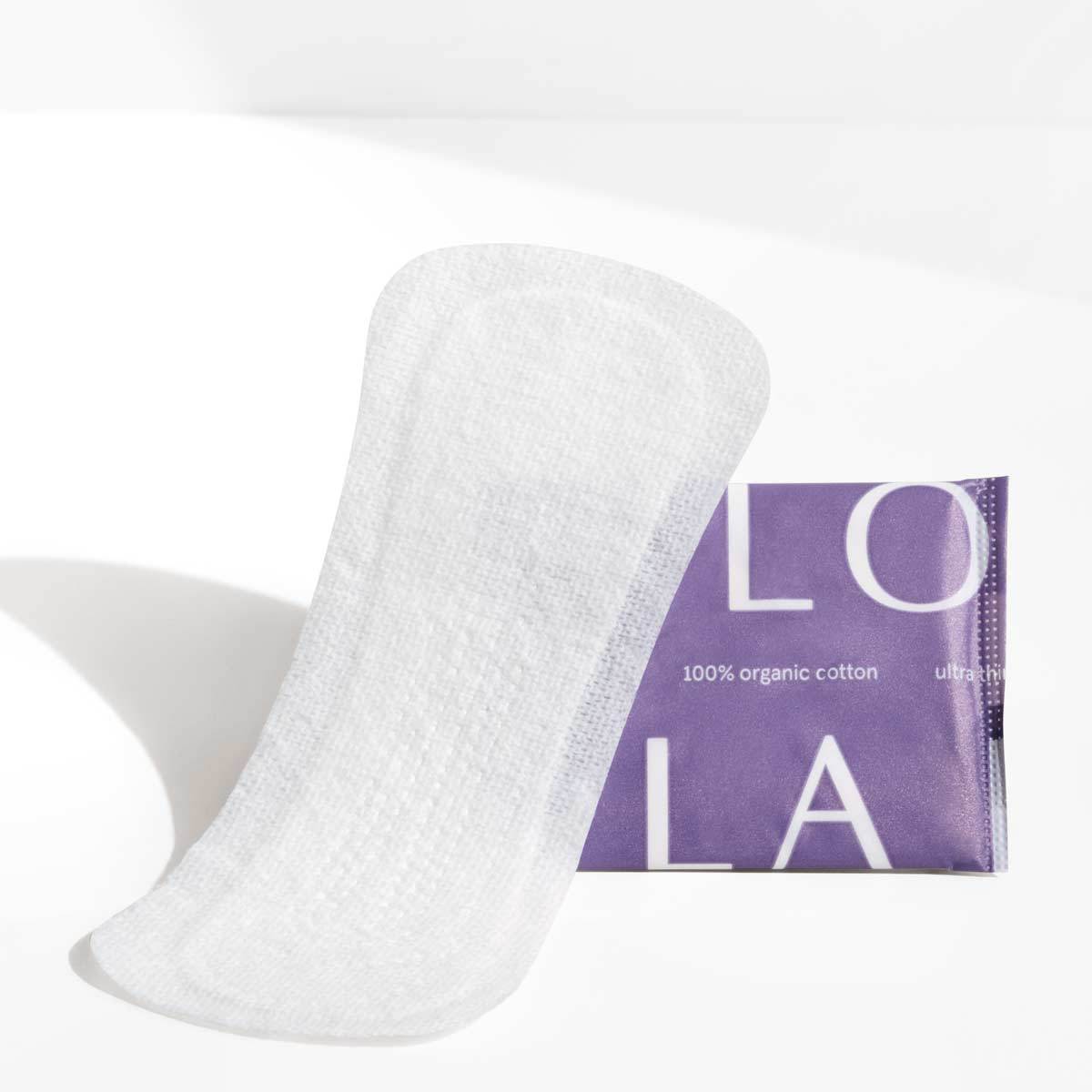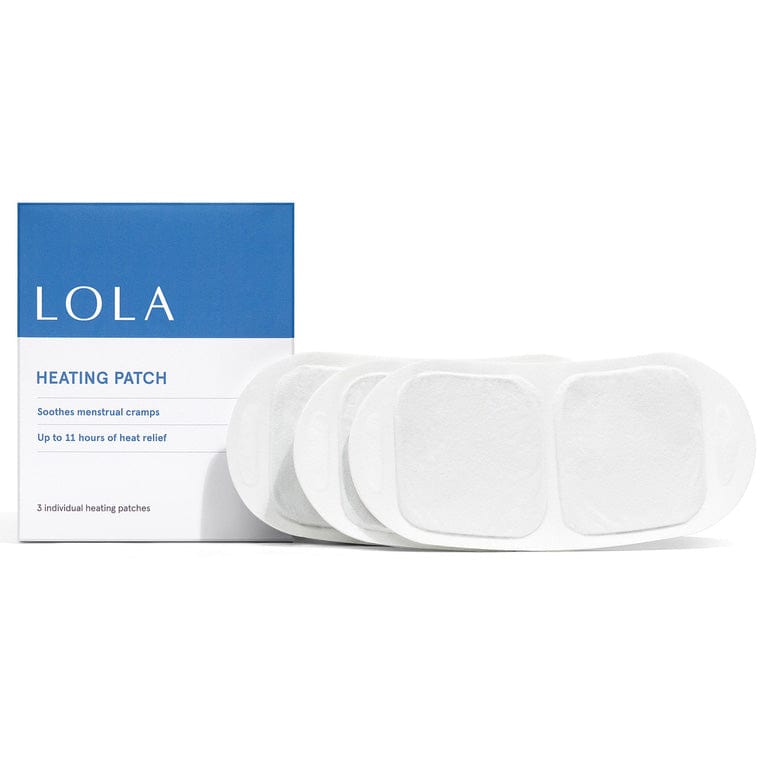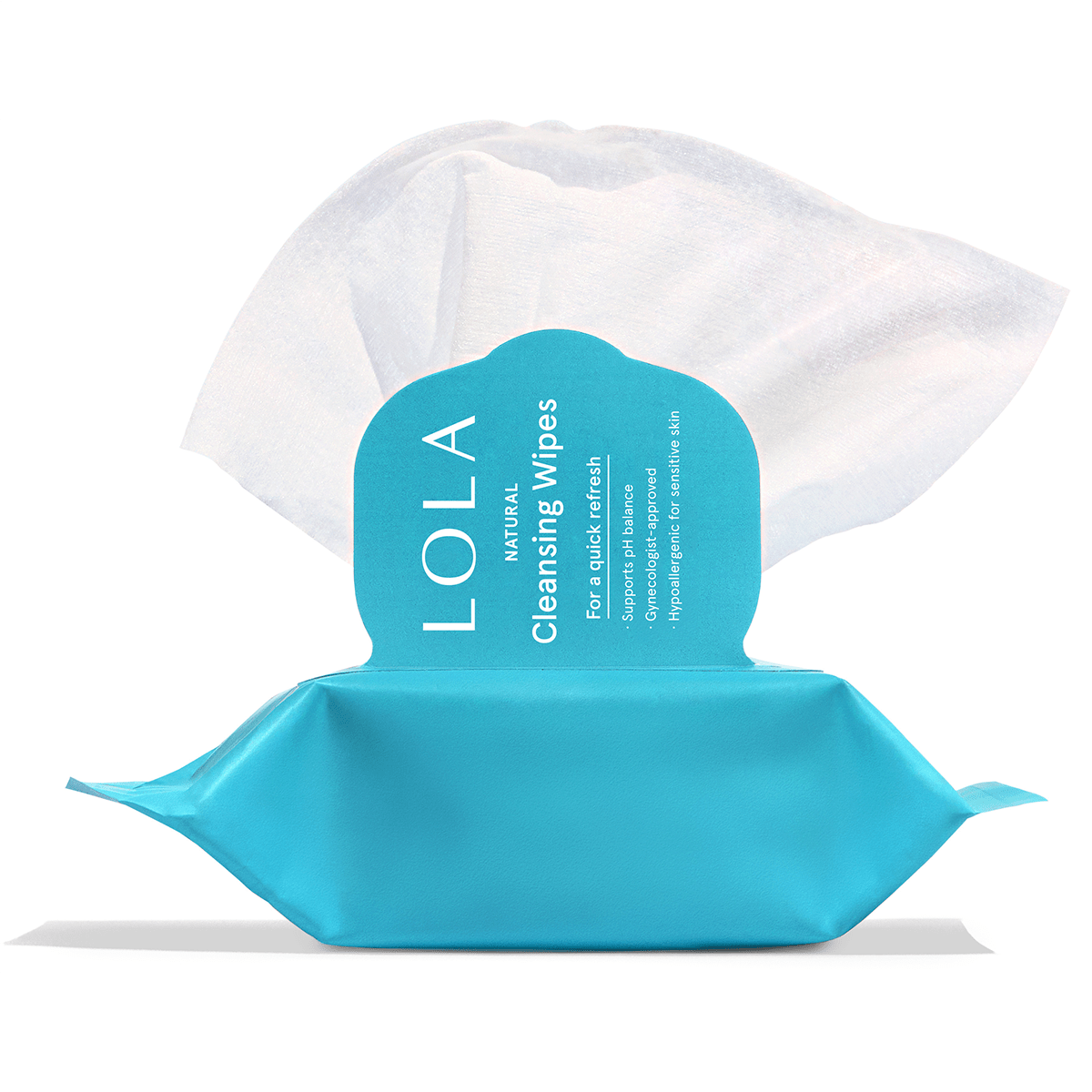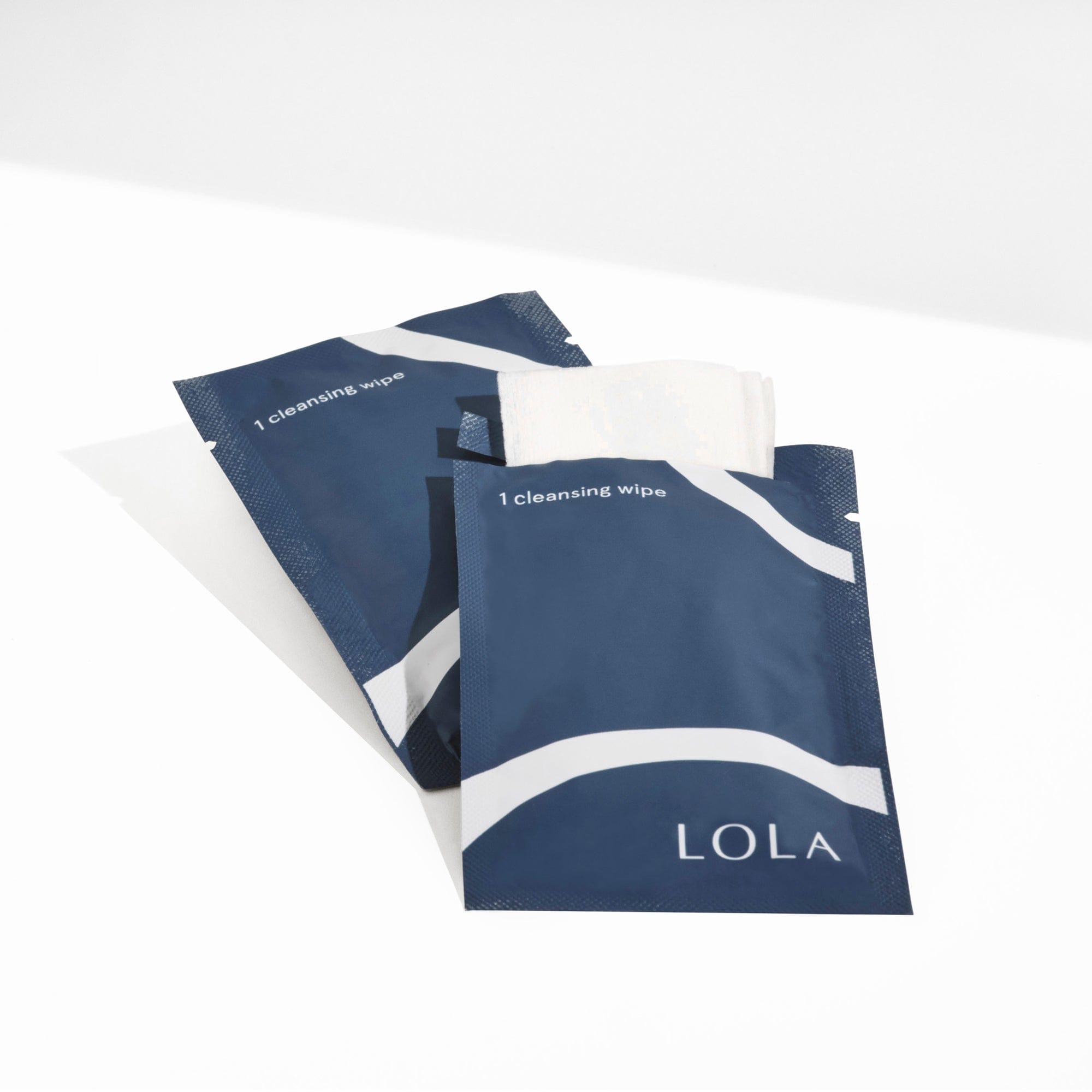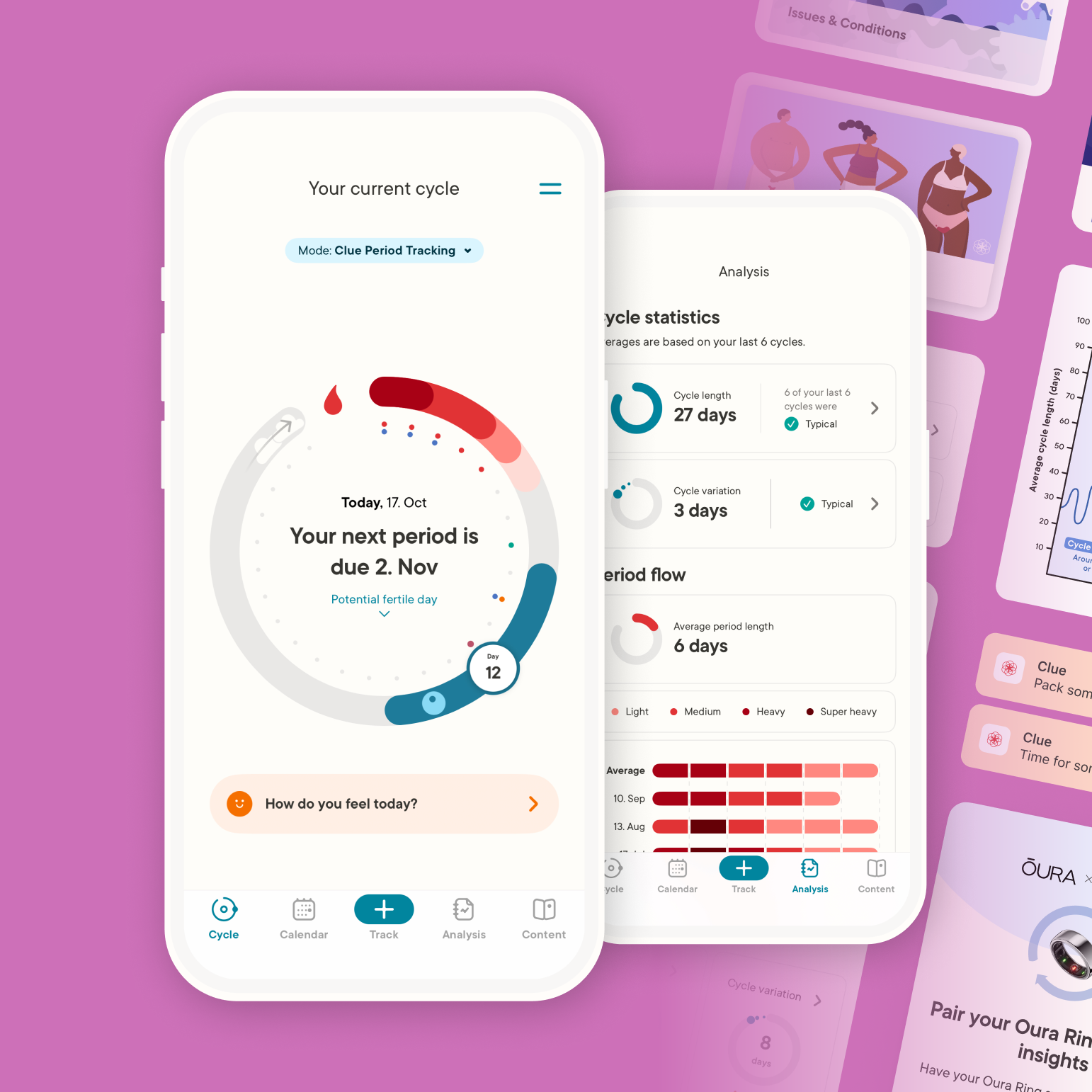At some point or another, we've all experienced it: your vagina just feels a bit off. You know things are out of whack when you smell an unusual odor, find unfamiliar discharge on your underwear, or feel pain or irritation in your vagina. Chances are, these are the signs of a yeast or a bacterial infection, like BV (bacterial vaginosis).
So how do our vaginas get out of whack in the first place, and what can we do to keep them healthy? The answer may surprise you. In fact, it can be summarized with just two letters: pH.
What is the pH of a vagina?
What is vaginal pH, you ask? If you remember back to high school chemistry class, then you'll definitely recall learning about the pH scale, a range of 0 to 14 that measures the acidity or alkalinity of a liquid substance or chemical. The "0" indicates highly acidic and "14" is highly alkaline. Water is a perfect neutral, with a measure of "7" on the pH scale.
Some parts of your body have an ideal pH range* required for optimal health. (Now you know why "alkaline diets" are all the rage).* For example, blood pH should be pretty neutral at about 7.4, whereas your stomach pH is very acidic at 3.5, so it can break down food.
The vagina also has its own pH balance, which is between 3.5 and 4.5, making it acidic. Why? Because the good types of vaginal bacteria (i.e. the types that promote vaginal flora health), such as lactobacilli, thrive in an acidic environment, whereas yeast and bad bacteria (the kinds that make us sick), prefer a more alkaline setting.
When your vaginal pH is in the healthy range, the good bacteria will proliferate and adhere to the vagina wall, crowding out unwanted yeast and bacteria.* It's simply an issue of space: when there's a lot of good bacteria inside your vagina, there's much less room left over for the bad guys. The lactobacilli will also release lactic acid,* helping to maintain the acidic environment, and hydrogen peroxide,* which helps kill bad bacteria.
When your vaginal pH rises higher than 4.5, your bacterial defense shield is weakened, opening the door to an overgrowth of bad bacteria and yeast. The result is typically irritation, odor, and infection.
What causes vaginal pH imbalance?
The good news is that normally, your vagina regulates its internal pH levels all on its own. But, according to Dr. Lauren Streicher,* an Assistant Clinical Professor of Obstetrics and Gynecology at Northwestern University, there are "a surprising number of triggers that can upset the vaginal ecosystem."
These include douching and using harsh soaps, which can wash out the good bacteria that keep your vaginal flora in check. Other triggers include menstruating, since bleeding elevates the pH of the vagina (remember that blood has a pH level of about 7.4), and using tampons, "since they retain the fluids that can cause pH to increase."
Intercourse can also cause a bacterial imbalance because semen is slightly alkaline (bet you never knew that!). Next on the list are menopause and pregnancy, because "these are times where hormones fluctuate, which is associated with elevated pH." And, finally, a bacterial imbalance in your vagina can be triggered by taking antibiotics,* which can kill off some of the good bacteria that help keep pathogens at bay.
You've probably noticed that most of these triggers are unavoidable and natural life events. Luckily, for most women, sex and periods will not lead to an imbalanced vaginal pH. However, some women are plagued with chronic yeast infections* and BV, and find that any trigger, like having sex or getting their period, set them off again and again.*
Always talk with your healthcare provider about pain you’re experiencing to treat the issue that’s causing the pain and prevent it from happening in the future. Learn more about the common causes and treatments of vaginal irritation after sex.
How to maintain a healthy vaginal pH
There are certain things you can do to help maintain and restore pH balance in your vagina. Dr. Streicher recommends taking a daily oral probiotic containing lactobacillus (like LOLA's Compete Probiotic Supplement) to help maintain the normal amount of vaginal lactobacilli.
For many women, a flare up of yeast or bacteria is quite manageable with proper treatment, like an anti-yeast medication, or an antibiotic prescribed by your doctor in the case of bacterial infections, like BV. (According to Dr. Streicher, about 40-50% of cases of abnormal discharge and odor are actually caused by BV, not yeast).
Those of us preferring the more natural route to treat symptoms (that's me!), can try a boric acid suppository.* Boric acid is a mildly acidic antiseptic that can be safely inserted into the vagina.* Your doctor or midwife can call in a prescription to a compounding pharmacy, or you can even get some brands online. Garlic inserted into the vagina is another natural alternative for treating yeast infections and BV,* due to its antibacterial and anti-yeast properties.
As you might expect, maintaining healthy habits can help keep your vaginal flora in check and prevent pH imbalances in the first place. Candida (a yeast found in our guts and vaginas) feeds on sugar, so those prone to yeast infections and BV may want to consider altering their diets.* Dr. Josh Axe, a holistic health practitioner, recommends limiting your intake of refined sugars, alcohol, and simple carbohydrates (which the body breaks down into sugar).*
Other good habits to consider include changing your tampons frequently, limiting your intake of antibiotics (if possible), avoiding harsh and synthetically scented soaps on your vaginal area, and wearing cotton underwear to promote airflow around your vagina (yeast loves a moist environment).
Hopefully, these tips will decrease your incidence of yeast and bacterial infections, but if you're ever feeling a bit off, remember: an acidic vagina is a happy vagina.
Resources
- https://www.webmd.com/diet/a-z/alkaline-diets
- https://www.today.com/health/i-tried-alkaline-diet-what-its-summers-hottest-cleanse-trend-t37516
- https://www.teenvogue.com/story/healthy-vaginal-ph
- https://link.springer.com/article/10.1007/s00404-013-3064-9
- http://link.springer.com/article/10.1007/s00404-013-3064-9
- http://www.doctoroz.com/blog/lauren-streicher-md/when-your-vagina-phunk
- http://www.prevention.com/health/yeast-infection-treatments
- http://www.prevention.com/health/yeast-infection-treatments
- http://www.doctoroz.com/blog/lauren-streicher-md/when-your-vagina-phunk
- https://www.earthclinic.com/bacterial-vaginosis/boric-acid-cure.html
- https://www.ncbi.nlm.nih.gov/pmc/articles/PMC4514959/
- https://www.midwiferytoday.com/articles/garlic.asp
- http://www.teenvogue.com/story/healthy-vaginal-ph
- https://draxe.com/candida-symptoms/
